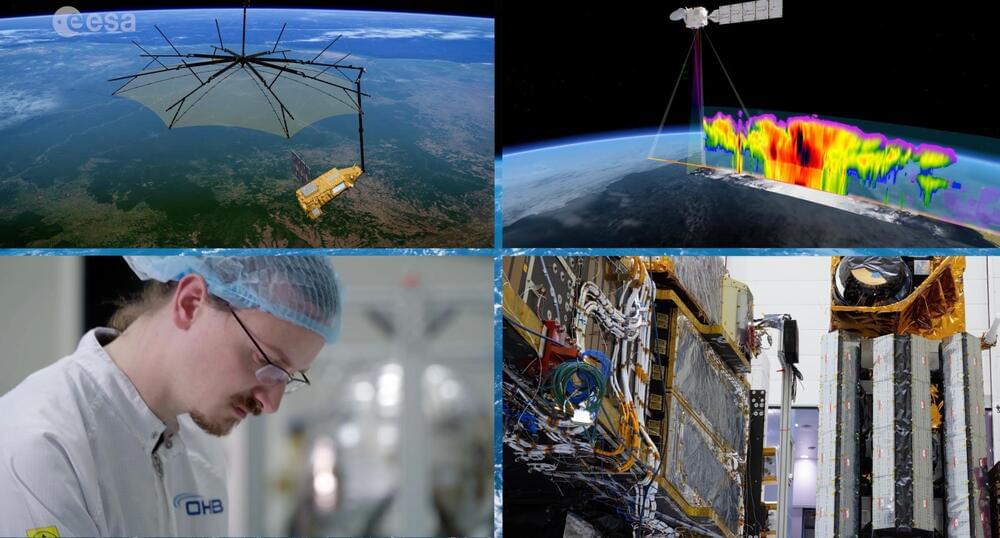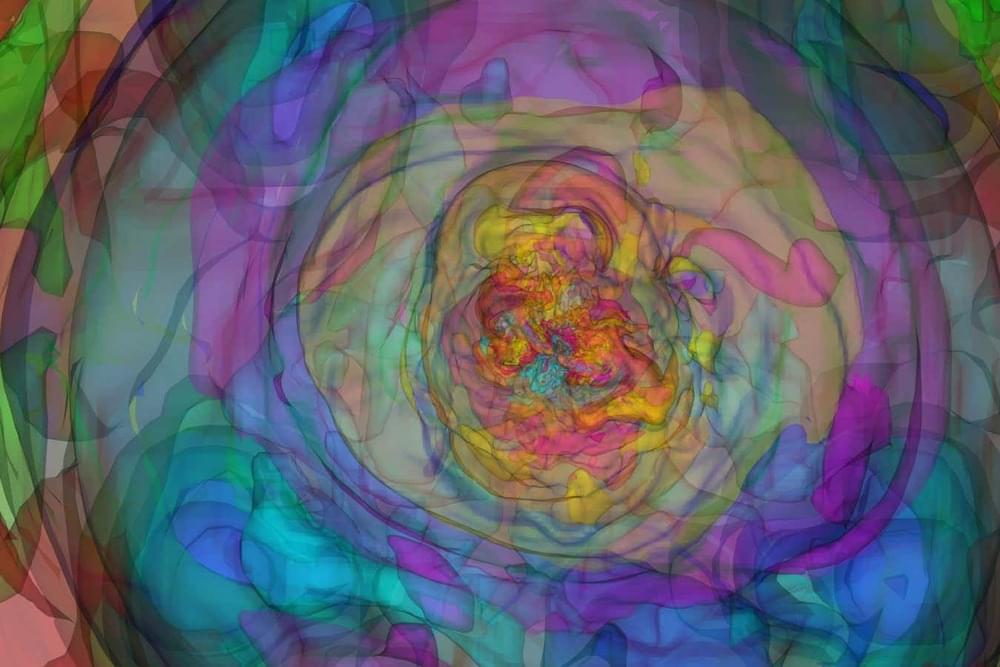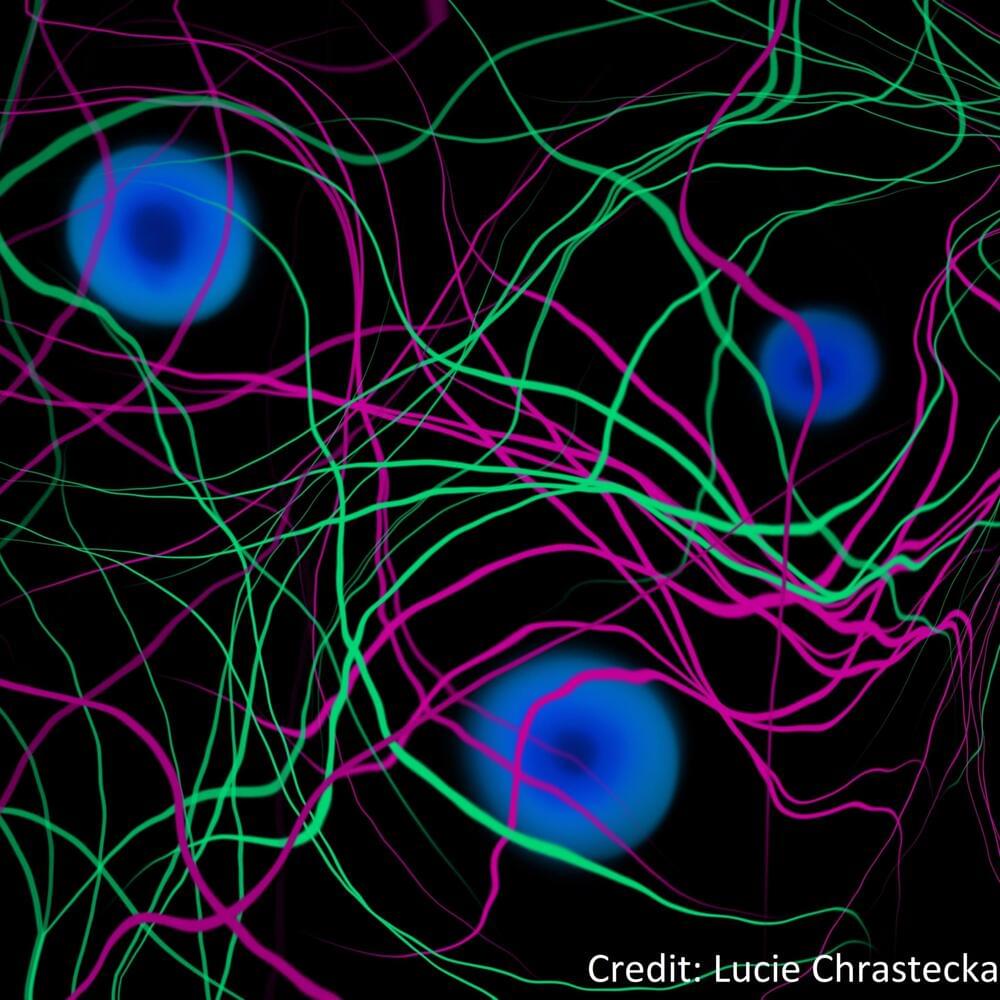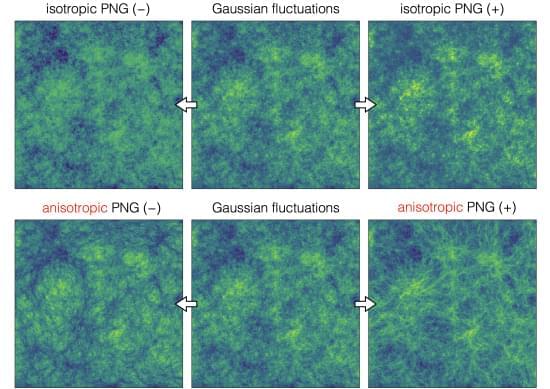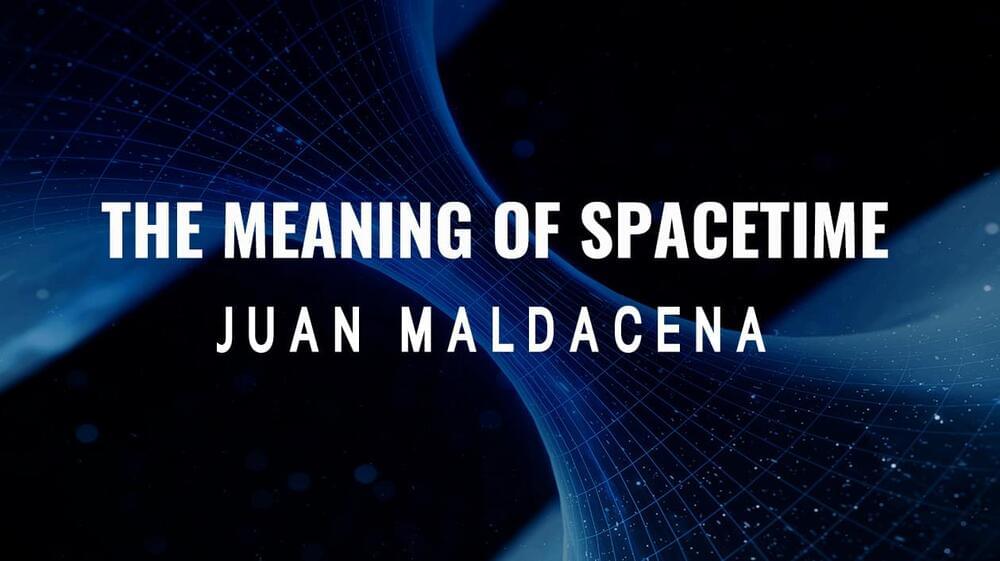Jan 5, 2024
Magnetic Mystique: A Deeper Look at Massive Star Systems
Posted by Saúl Morales Rodriguéz in categories: cosmology, evolution, physics
A new study reveals that magnetic fields are common in star systems with large blue stars, challenging prior beliefs and providing insights into the evolution and explosive nature of these massive stars.
Astronomers from the Leibniz Institute for Astrophysics Potsdam (AIP), the European Southern Observatory (ESO), and the MIT Kavli Institute and Department of Physics have discovered that magnetic fields in multiple star systems with at least one giant, hot blue star, are much more common than previously thought by scientists. The results significantly improve the understanding of massive stars and their role as progenitors of supernova explosions.
Characteristics of O-type Stars.

